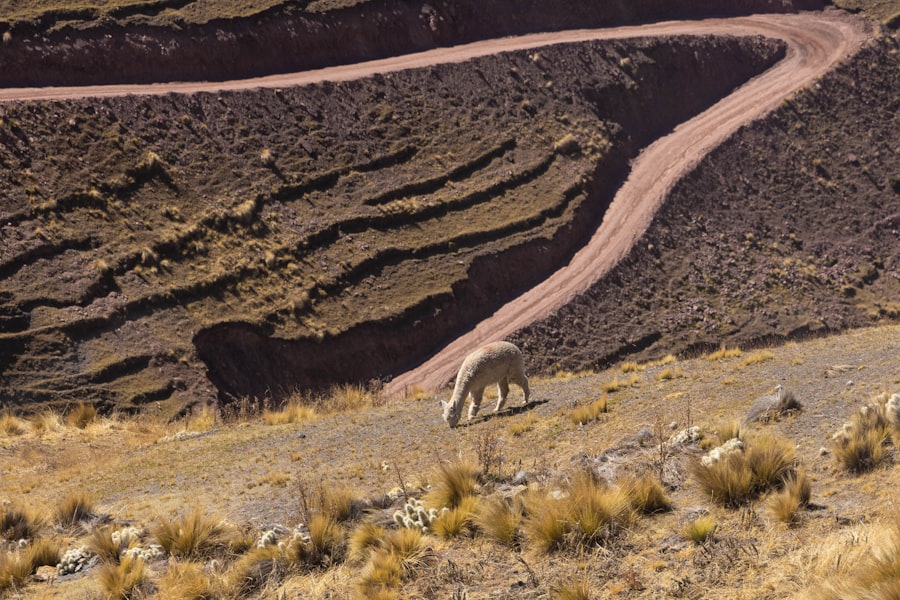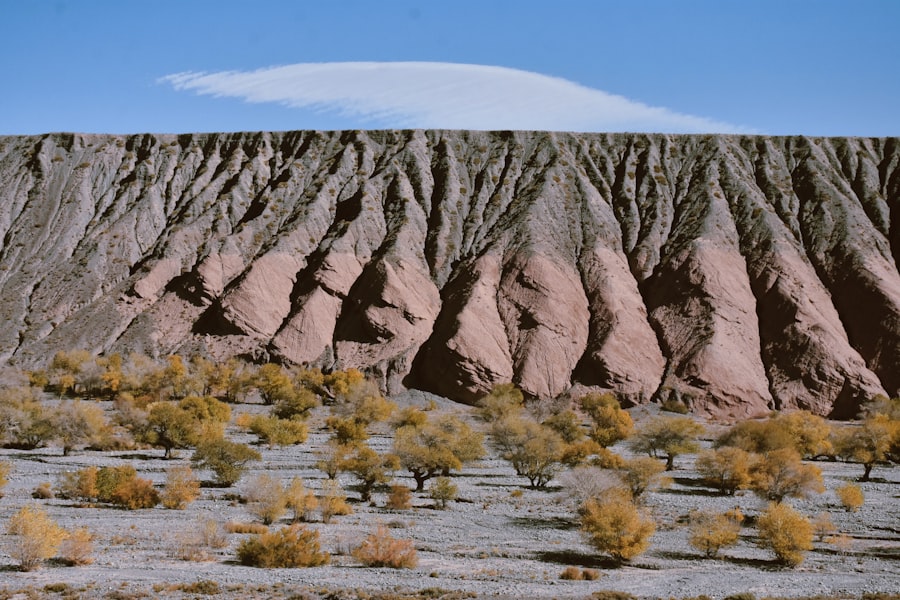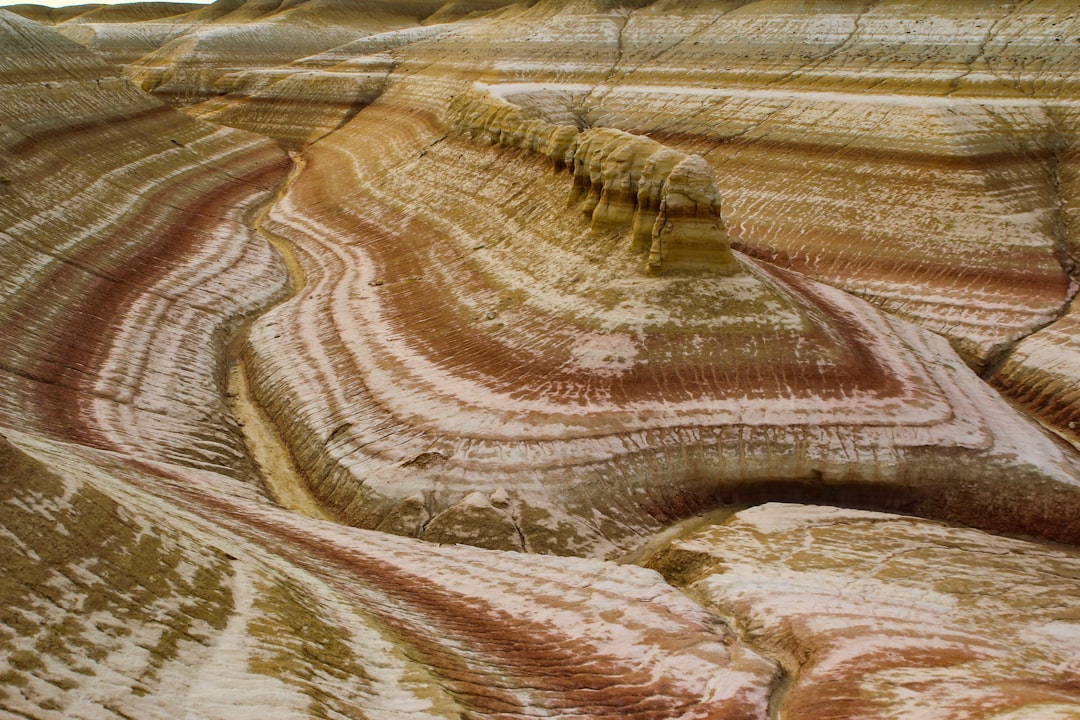The Juan de Fuca Plate is a significant tectonic plate located off the northwestern coast of North America, primarily beneath the Pacific Ocean. It is a relatively small plate, measuring approximately 250 kilometers wide and 1,000 kilometers long, and is bordered by the Pacific Plate to the west and the North American Plate to the east. This plate plays a crucial role in the geological dynamics of the region, influencing not only the landscape but also the seismic activity and volcanic phenomena that characterize the Pacific Northwest.
Understanding the Juan de Fuca Plate is essential for comprehending the broader tectonic processes that shape the Earth’s surface. The plate is named after the Juan de Fuca Strait, which separates Vancouver Island from the mainland of British Columbia. Its significance extends beyond mere geography; it serves as a focal point for studying plate tectonics, subduction zones, and their associated geological hazards.
The interactions between the Juan de Fuca Plate and its neighboring plates have profound implications for understanding earthquakes, volcanic eruptions, and even marine ecosystems. As scientists continue to explore this dynamic region, they uncover insights that not only enhance geological knowledge but also inform public safety and environmental conservation efforts.
Key Takeaways
- The Juan de Fuca Plate is a small tectonic plate located off the coast of the Pacific Northwest.
- The plate was formed through the process of seafloor spreading and is currently being subducted beneath the North American Plate.
- Subduction zones along the Juan de Fuca Plate are responsible for frequent earthquake activity in the region.
- The plate’s volcanic activity has led to the formation of the Cascade Range, including iconic peaks such as Mount St. Helens and Mount Rainier.
- Hydrothermal vent systems on the Juan de Fuca Plate support unique ecosystems and provide valuable insights into Earth’s geologic processes.
Formation and Tectonic Activity of the Juan de Fuca Plate
The formation of the Juan de Fuca Plate can be traced back to the complex interactions between various tectonic plates in the Pacific region. It originated from the process of seafloor spreading at the Juan de Fuca Ridge, where magma rises from the mantle to create new oceanic crust. This process began approximately 20 million years ago and has continued to shape the plate’s characteristics.
Tectonic activity in this region is characterized by its ongoing subduction processes. The Juan de Fuca Plate is slowly being forced beneath the North American Plate at a rate of about 4 centimeters per year.
This subduction not only contributes to the formation of mountain ranges and oceanic trenches but also generates significant seismic activity. The constant movement and interaction between these plates create a complex environment where earthquakes are frequent, making it essential for scientists to monitor and study these tectonic processes closely.
Subduction Zones and Earthquake Activity

Subduction zones are critical areas where one tectonic plate is forced beneath another, leading to intense geological activity. The Juan de Fuca Plate’s subduction beneath the North American Plate creates a zone of considerable stress and strain, resulting in frequent earthquakes. This region is part of what is known as the Cascadia Subduction Zone, which stretches from Northern California to British Columbia.
The potential for large-scale earthquakes in this area has raised concerns among scientists and residents alike. The seismic history of the Cascadia Subduction Zone reveals a pattern of megathrust earthquakes occurring approximately every 300 to 600 years. The last major event, which occurred in 1700, was estimated to have a magnitude of around 9.0, causing widespread destruction along the coast.
The potential for future earthquakes remains a pressing issue for communities in the Pacific Northwest, prompting ongoing research into earthquake preparedness and risk mitigation strategies. Understanding the mechanics of subduction zones is vital for predicting future seismic events and ensuring public safety.
Volcanic Activity and the Cascade Range
| Volcano | Location | Elevation (ft) | Last Eruption |
|---|---|---|---|
| Mount St. Helens | Washington, USA | 8,363 | 2008 |
| Mount Rainier | Washington, USA | 14,411 | 1894 |
| Mount Hood | Oregon, USA | 11,240 | 1866 |
The volcanic activity associated with the Juan de Fuca Plate is prominently displayed in the Cascade Range, a mountain range that extends from Northern California to British Columbia. This range is home to several active volcanoes, including Mount St. Helens, Mount Rainier, and Mount Hood.
The subduction of the Juan de Fuca Plate beneath the North American Plate generates magma that rises to the surface, resulting in volcanic eruptions that have shaped the landscape over millennia. The eruptions in this region are not only significant for their geological impact but also for their potential hazards to nearby communities. The 1980 eruption of Mount St.
Helens serves as a stark reminder of the power of volcanic activity in this area. It resulted in widespread devastation, ashfall across several states, and long-term ecological changes. As scientists continue to study these volcanoes, they aim to improve eruption prediction models and enhance public awareness regarding volcanic hazards.
Oceanic Crust and Seafloor Spreading
The Juan de Fuca Plate is primarily composed of oceanic crust, which is distinct from continental crust due to its density and composition. Oceanic crust forms at mid-ocean ridges through seafloor spreading, where tectonic plates diverge and magma rises to create new crust. The Juan de Fuca Ridge is a prime example of this process, where new oceanic crust is continuously generated as the plate moves away from the ridge.
Seafloor spreading not only contributes to the formation of oceanic crust but also plays a crucial role in global tectonic processes. As new crust forms at mid-ocean ridges, older crust is pushed away, leading to subduction at convergent boundaries like those found along the coast of North America. This cycle of creation and destruction is fundamental to understanding plate tectonics and its impact on Earth’s geology over geological time scales.
Hydrothermal Vent Systems and Unique Geologic Features

One of the most fascinating aspects of the Juan de Fuca Plate is its hydrothermal vent systems, which are found along its mid-ocean ridge. These vents are formed when seawater seeps into cracks in the ocean floor, gets heated by underlying magma, and then re-emerges carrying dissolved minerals and gases. The unique conditions around these hydrothermal vents create an environment rich in biodiversity, supporting various organisms that thrive in extreme conditions.
The discovery of these hydrothermal vent ecosystems has revolutionized scientific understanding of life on Earth. Organisms such as tube worms, clams, and various microbial communities rely on chemosynthesis rather than photosynthesis for energy, showcasing life’s adaptability in extreme environments. These ecosystems not only provide insights into biological resilience but also offer clues about potential life on other celestial bodies with similar conditions.
Marine Life and Ecosystems on the Juan de Fuca Plate
The marine ecosystems associated with the Juan de Fuca Plate are diverse and vibrant, influenced by both geological processes and oceanographic conditions. The nutrient-rich waters surrounding this plate support a wide array of marine life, including fish species such as salmon, rockfish, and halibut, as well as marine mammals like orcas and sea lions. The interplay between ocean currents and upwelling zones creates an environment conducive to high productivity.
In addition to supporting commercially important fish species, these ecosystems are vital for maintaining biodiversity in the region. Coral reefs, kelp forests, and various benthic habitats provide essential services such as habitat for juvenile fish and protection against coastal erosion. As climate change continues to impact ocean temperatures and acidity levels, understanding these ecosystems becomes increasingly important for conservation efforts aimed at preserving marine biodiversity.
Geological Research and Exploration Methods
Geological research on the Juan de Fuca Plate employs a variety of methods to study its complex features and processes. Scientists utilize advanced technologies such as seismic imaging, remote sensing, and underwater robotics to gather data about tectonic activity, volcanic eruptions, and marine ecosystems. Seismographs are deployed throughout the region to monitor earthquake activity, while sonar mapping provides detailed images of underwater topography.
Collaborations between geologists, oceanographers, biologists, and environmental scientists allow for a more comprehensive understanding of how geological processes influence marine life and ecosystems. This holistic approach not only enhances scientific knowledge but also informs policy decisions related to environmental conservation and disaster preparedness.
Environmental Impacts and Conservation Efforts
The geological dynamics associated with the Juan de Fuca Plate have significant environmental implications that necessitate conservation efforts. Coastal communities face challenges related to seismic hazards, volcanic eruptions, and climate change impacts such as rising sea levels and ocean acidification. These factors threaten both human populations and natural ecosystems in the region.
Conservation initiatives focus on protecting marine habitats while promoting sustainable practices among local industries such as fishing and tourism. Efforts include establishing marine protected areas (MPAs) that safeguard critical habitats from overfishing and habitat degradation. Additionally, public education campaigns aim to raise awareness about the importance of preserving marine biodiversity and preparing for potential geological hazards.
Future Geological Events and Predictions
As scientists continue to study the Juan de Fuca Plate, they strive to improve predictions regarding future geological events such as earthquakes and volcanic eruptions. While it is impossible to predict exact timing or magnitude with certainty, advancements in monitoring technologies have enhanced understanding of seismic patterns and volcanic behavior. Researchers analyze historical data alongside real-time observations to identify potential risks.
The Cascadia Subduction Zone remains a focal point for earthquake research due to its history of megathrust events. Ongoing studies aim to refine models that assess earthquake probabilities over various time scales while considering factors such as stress accumulation along fault lines. By improving predictive capabilities, scientists hope to enhance preparedness measures for communities at risk from future geological events.
Importance of Understanding the Juan de Fuca Plate for Earth Science and Society
Understanding the Juan de Fuca Plate is crucial not only for advancing geological science but also for informing societal responses to natural hazards. The interactions between tectonic plates shape landscapes, influence ecosystems, and pose risks to human populations through earthquakes and volcanic activity. By studying this plate’s dynamics, scientists can provide valuable insights that contribute to disaster preparedness efforts.
Moreover, knowledge gained from researching the Juan de Fuca Plate has broader implications for understanding global tectonic processes. It serves as a case study for examining how plate interactions influence geological phenomena worldwide. As society grapples with challenges posed by natural disasters and environmental changes, continued research on this plate will play an essential role in fostering resilience and promoting sustainable practices within affected communities.
The geology of the Juan de Fuca Plate is a fascinating subject that delves into the dynamics of tectonic movements and their implications on seismic activities in the Pacific Northwest. For those interested in exploring more about the geological intricacies and the broader implications of tectonic plates, a related article can be found on Freaky Science. This article provides additional insights into the geological phenomena associated with tectonic plates, including the Juan de Fuca Plate. You can read more about it by visiting Freaky Science.
WATCH THIS! The Earth is Trying to Swallow North America: The Unstoppable Geological Disaster
FAQs
What is the Juan de Fuca Plate?
The Juan de Fuca Plate is a tectonic plate located off the coast of the Pacific Northwest region of North America. It is an oceanic plate that is being subducted beneath the North American Plate.
How was the Juan de Fuca Plate formed?
The Juan de Fuca Plate was formed through the process of seafloor spreading at the mid-ocean ridge where the Pacific Plate and the Juan de Fuca Plate diverge. As magma rises and solidifies, new oceanic crust is created, leading to the formation of the Juan de Fuca Plate.
What are the geological features of the Juan de Fuca Plate?
The Juan de Fuca Plate is characterized by its oceanic crust, which is thinner and denser than continental crust. It also features a series of underwater ridges, trenches, and transform faults, which are the result of the plate’s interactions with neighboring tectonic plates.
What are the tectonic activities associated with the Juan de Fuca Plate?
The Juan de Fuca Plate is involved in subduction, where it is being forced beneath the North American Plate along the Cascadia Subduction Zone. This subduction has led to the formation of the Cascade Range of mountains and is associated with seismic activity and potential for large earthquakes in the region.
How does the Juan de Fuca Plate impact the geology of the Pacific Northwest?
The subduction of the Juan de Fuca Plate beneath the North American Plate has significant geological implications for the Pacific Northwest region. It has led to the formation of volcanic arcs, mountain ranges, and the potential for seismic hazards such as earthquakes and tsunamis. Additionally, the subduction zone has influenced the region’s topography and geologic history.
